A trademark (popularly known as a brand name) in layman’s terms is a visual symbol, which may be a word, signature, name, device, label, numerals, or a combination of colours used by one undertaking on goods or services to distinguish them from similar goods or services originating from a different undertaking.
Legal requirements to register a trademark under the Act include:
The selected mark should be capable of being represented graphically (i.e., in paper form).
It should be capable of distinguishing the goods or services of one undertaking from those of others.
It should be used or proposed to be used in relation to goods or services to indicate a connection in trade between the goods or services and the person having the right to use the mark.
If it is a word, it should be easy to speak, spell, and remember.
The best trademarks are invented or coined words, or unique geometrical designs.
Avoid selecting a geographical name, common personal name, or surname. No one can have a monopoly right on these.
Avoid using laudatory words or those that describe the quality of goods (e.g., best, perfect, super).
It is advisable to conduct a market survey to ensure the mark is not already in use.
Under modern business conditions, a trademark performs four functions:
Identifies the goods/services and their origin.
Guarantees unchanged quality.
Advertises the goods/services.
Creates an image for the goods/services.
Any person claiming to be the proprietor of a trademark may apply in writing in the prescribed manner.
The application should include:
The trademark.
The goods/services.
Name and address of the applicant and agent (if any) with power of attorney.
The period of use of the mark.
Applications must be in English or Hindi and can be filed at the appropriate office, either in person, by post, or online through the e-filing gateway.
Any name (including personal or surname).
Invented or arbitrary words not directly descriptive.
Letters, numerals, or combinations thereof.
Devices, including fancy devices or symbols.
Monograms.
Combinations of colours or a single colour with a word or device.
Shape of goods or packaging.
Marks constituting a 3D sign.
Sound marks when graphically represented.
The Registered Proprietor can build and protect goodwill, stop unauthorized use, and sue for damages.
The Government earns revenue through registration fees.
Legal professionals earn remuneration by assisting with registration and protection.
Consumers gain the benefit of quality assurance and brand choices.
Grants the exclusive right to use the trademark for specific goods/services.
Allows use of the ® symbol.
Enables legal action in case of infringement.
Note: If identical or similar marks are registered under special circumstances, the exclusive right may not apply between them.
Yes, on application to the Registrar or suo moto, if the mark is wrongly remaining on the register.

WhatsApp us